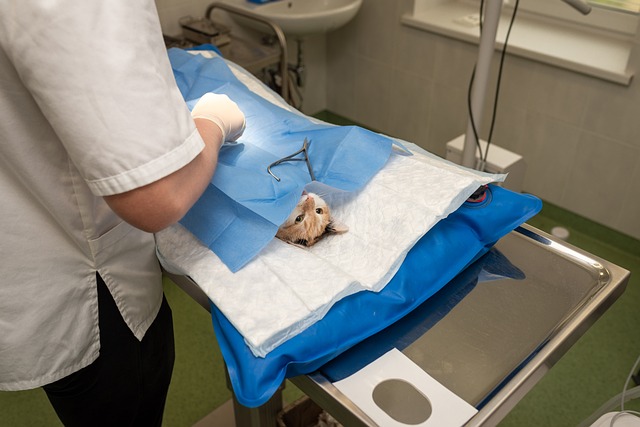OET Exam for Skilled Worker Visa:
Everything You Need to Know
If you’re a healthcare professional planning to work in an English-speaking country like the UK, Australia, or New Zealand, passing the OET exam is a crucial step towards securing a Skilled Worker Visa. In this guide, we’ll break down what the OET is, its key components, how it fits into the skilled worker visa process, and tips to succeed.
What Is the OET Exam?
The Occupational English Test (OET) is a language proficiency exam designed specifically for healthcare professionals. Unlike general English tests, OET evaluates your ability to communicate effectively in medical settings—making it highly relevant for doctors, nurses, dentists, pharmacists, and other healthcare workers.
OET is recognized by healthcare regulators and immigration authorities in countries like:
United Kingdom (NHS)
Australia
New Zealand
Ireland
Singapore
Dubai


Why Vets Need the OET for the UK
To get a Skilled Worker Visa as a vet in the UK, you must:
Have a job offer from a licensed UK sponsor (like a veterinary practice or company)
Register with the RCVS
Prove your English proficiency
You can meet the English requirement by passing the OET with a minimum score of B in all four sub-tests: Listening, Reading, Writing, and Speaking.
✅ RCVS & UKVI accept OET as proof of English for veterinary professionals.
Key Parts of the OET
Listening – Understand consultations and professional discussions
Reading – Interpret veterinary-related texts and research
Writing – Write a referral or discharge letter based on clinical notes
Speaking – Role-play scenarios with pet owners or colleagues
Steps to Apply for a Skilled Worker Visa (UK Vet)
Pass the OET with the required scores (B in all sub-tests)
Register with the RCVS
Secure a job offer from a UK veterinary employer (with a Certificate of Sponsorship)
Apply for the Skilled Worker Visa via the UK government website
Free OET practice exercise
What would you diagnose on the evidence of these symptoms?
Pet – 4 year old castrated male cat
Symptoms – dyspnoea tachypnoea cyanosis dull percussion of chest muffled heart sounds breath sounds diminished ventrally
Radiographic findings
- Lateral X thoracic X-ray: loss of cardiac silhouette
- DV thoracic X-ray: pleural fissure lines
- Thoracocentesis: foul smelling effusion 20ml removed L chest
Answer key
flip to view
Answer
Pyothorax
